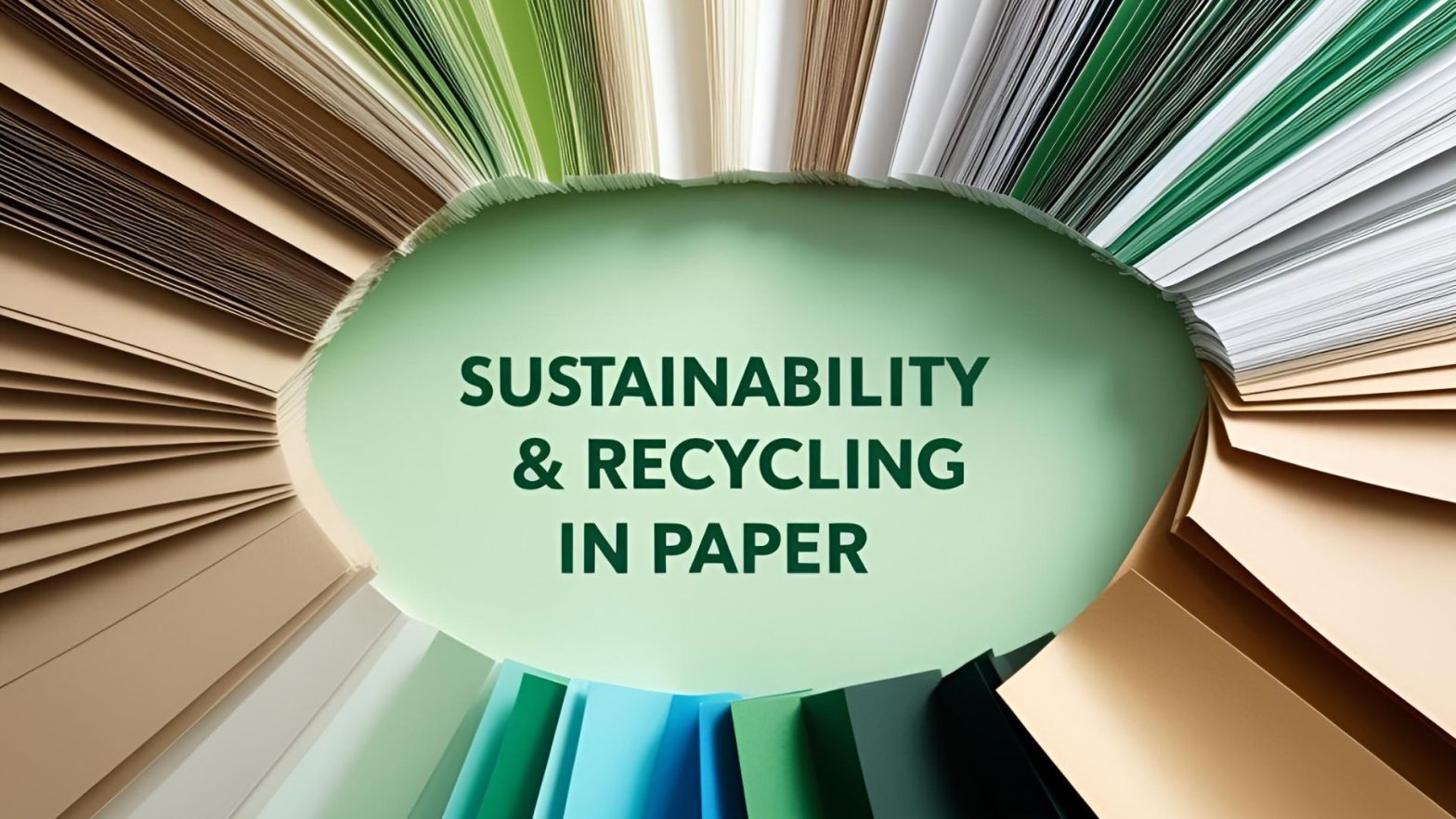Why Reverse Freight Maps Are Reshaping Scrap Recovery in North American Supply Chains
In today’s raw materials economy, scrap isn’t waste—it’s working capital. But while many distributors have dialed in their forward freight logistics, the reverse side remains patchy, especially for operations reclaiming scrap from regional fabrication shops, mills, and job sites. A reverse freight map gives procurement and operations teams a data-backed tool to recover value from material that’s often stranded or under-leveraged.
Creating a reverse freight map isn’t about drawing lines on a whiteboard—it’s about linking specific recovery points to existing outbound routes, inventory flow, and regional processing capacity.
Let’s take an aluminum service center operating in the Midwest. Every week, trucks deliver 5052 and 6061 sheet to job shops across Illinois, Ohio, and Michigan. But those same shops are generating offcuts and scrap that often end up sold to third-party aggregators—or worse, sent to landfill. With a reverse freight map, that same distributor can build loop routes that not only drop off new material but backhaul segregated scrap. Suddenly, what was once a cost center becomes part of a revenue stream.
The same logic applies across verticals. In plastics, extrusion facilities sending out HDPE or PP sheet can schedule return hauls for purge, regrind, or clean scrap. In lumber and building materials, job site returns of damaged OSB or surplus treated studs can be routed back for regrading, resale, or recycling. It’s not just about sustainability—it’s margin preservation.
Key elements of an effective reverse freight map include:
Recovery Zones: Identify where scrap is consistently generated in volume and purity worth recovering.
Backhaul Routing: Match these zones with existing or underutilized return lanes.
Material Segregation Protocols: Ensure what’s coming back is usable—no mixed loads or contaminated waste.
Processor Alignment: Whether it’s an in-house shredder, toll processor, or third-party recycler, make sure capacity and specs align with what’s returning.
Buyers and ops managers also need to quantify scrap value in real time. Let’s say you’re receiving 4,000 lbs/month of HMWPE scrap from five regional customers—at current resin replacement costs, that’s thousands in recoverable value per quarter if you have grinding or reprocessing access. A reverse freight map, tied to ERP or TMS data, can make those opportunities visible and actionable.
This approach doesn’t just close logistical loops—it builds stronger customer ties. Offering coordinated scrap pickup alongside deliveries differentiates your service model, especially in metals and plastics where buyers are under pressure to improve sustainability metrics.
Scrap is no longer a byproduct. It’s a resource—if you can bring it home.


